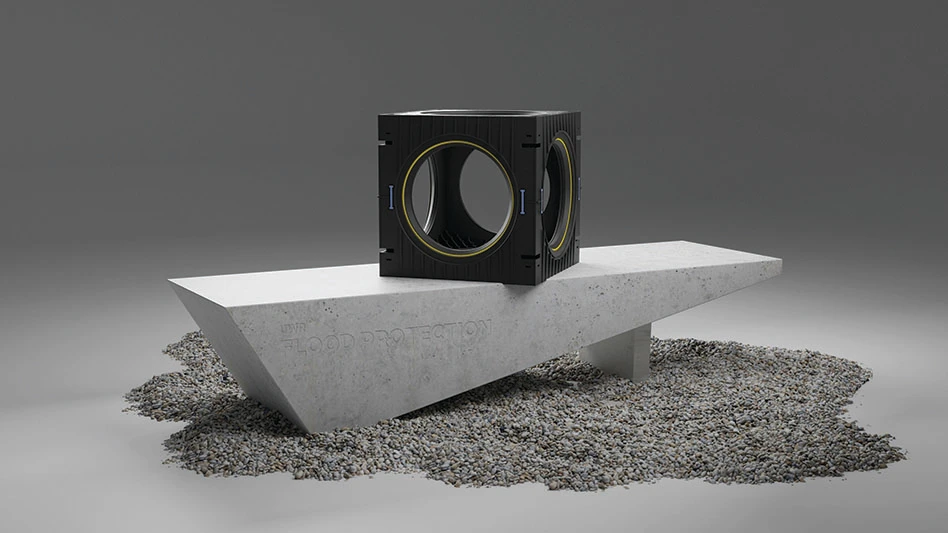
Photo by Brian Taylor.
The Ministry of Ecology and Environment (MEE) of the People’s Republic of China has released its ninth list of scrap import quotas for 2020. The Brussels-based Bureau of International Recycling (BIR) says the ninth batch was issued by the MEE’s Solid Waste & Chemicals Management Centre on July 6.
The ninth batch includes permission for importers to bring in more than 175,000 metric tons of copper-scrap, which is significant increase from the just 1,570 metric tons included in the eighth batch, released in mid-June.
The newly released ninth batch also permits the import of more than 1.1 million metric tons of scrap paper and board. That also is in sharp contrast from the mid-June batch, which did not approve a single inbound shipment of recovered fiber.
With a total of more than 265 individual quotas, many of the metals allotments amount to a few hundred or a few thousand tons each. However, among paper and board producers, Hong Kong-based Nine Dragons Paper Ltd. has received approval to import more than 160,000 metric tons of scrap paper. Other sizable quotas were issued to Shanying Paper, more than 132,000 metric tons; Dongguan Jianhui Paper, nearly 130,000 metric tons; and Lee & Man Paper, more than 85,000 metric tons.
The increase in copper scrap allowed comes at the same time supplies of primary copper from Chile are likely to be restricted, as that nation’s mining and smelting sites deal with COVID-19. The imports of fiber come on the heels of no imports in the previous month and a manufacturing slump in China before that, which likely affected the domestic generation of old corrugated containers (OCC).
China’s secondary aluminum producers also received welcome news with the ninth batch, as more than 200,000 metric tons of aluminum scrap are included on the list, compared with just 5,800 metric tons in the June eighth batch.
The wide disparity in the two quota lists continues a series of mixed messages emanating from China’s central government.
During the same week it opened up the spigot for more secondary commodities from the outside world, the MEE also confirmed that in 2021 it would be banning the import of all materials it considers “solid waste.”
The frustration for the world’s recycling industry for several years has been the insistence of the MEE and other Chinese government agencies to place commonly traded secondary commodities into this “waste” hopper, including nonferrous metals and recovered fiber.
Nonferrous metal producers have seemingly had some success in getting China’s government to recognize high-grade copper and aluminum scrap shipments as a “resource” rather than a waste, though the government has yet to finalize how that will work. The steel industry in China is reportedly requesting a similar reclassification for high grades of ferrous scrap.
In the meantime, at least two shipping lines—under threat that they will be held financially liable for unwelcome overseas scrap shipments—have declared they will soon stop accepting containers filled with scrap bound for Chinese ports.
Latest from Recycling Today
- Enfinite forms Hazardous & Specialty Waste Management Council
- Combined DRS, EPR legislation introduced in Rhode Island
- Eureka Recycling starts up newly upgraded MRF
- Reconomy Close the Gap campaign highlights need for circularity
- Nickel carbonate added to Aqua Metals’ portfolio
- EuRIC, FEAD say End-Of-Life Vehicle Regulation presents opportunity for recyclers
- Recyclers likely to feel effects of US-China trade war
- BCMRC 2025 session preview: Navigating battery recycling legislation and regulations






